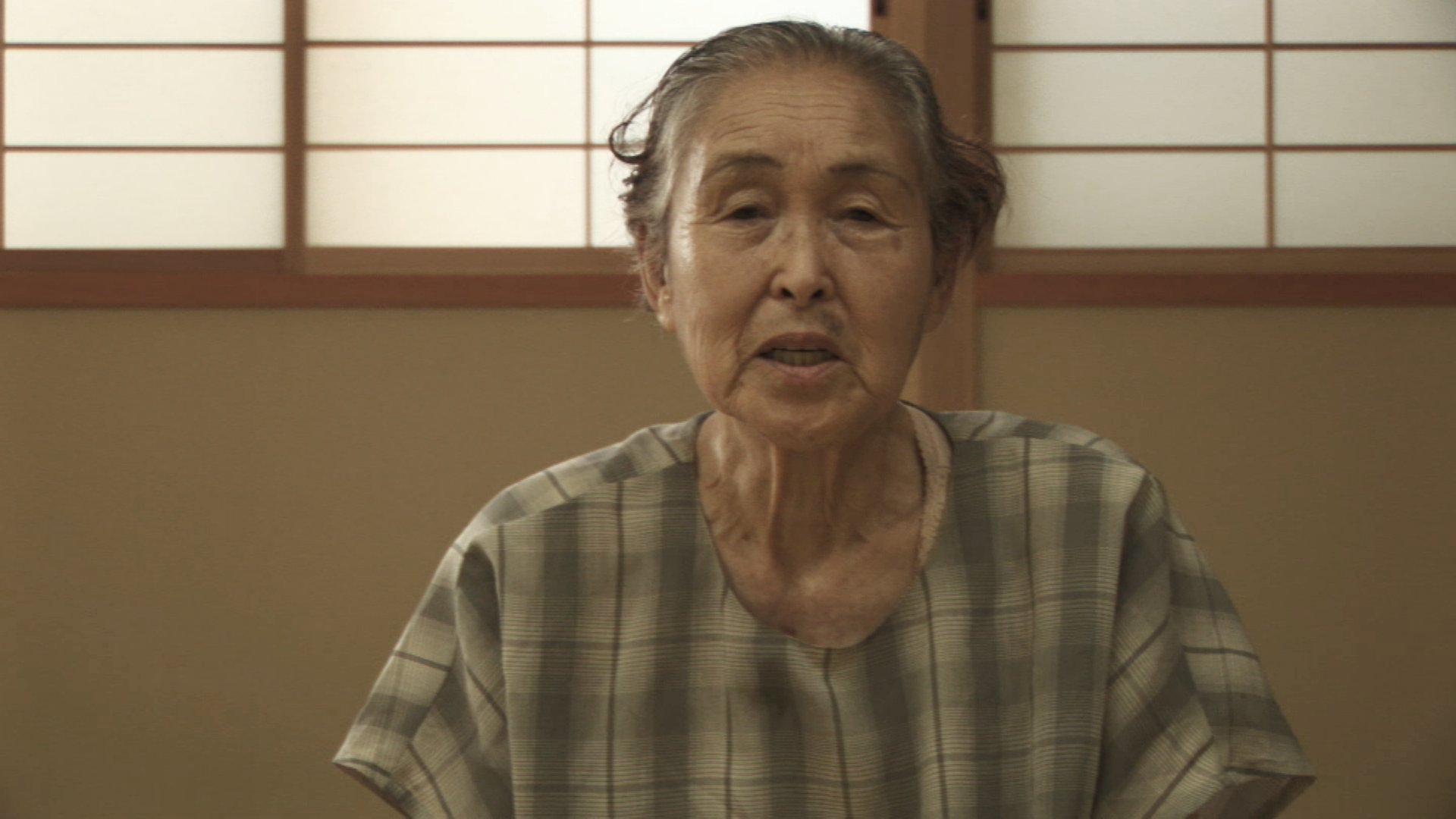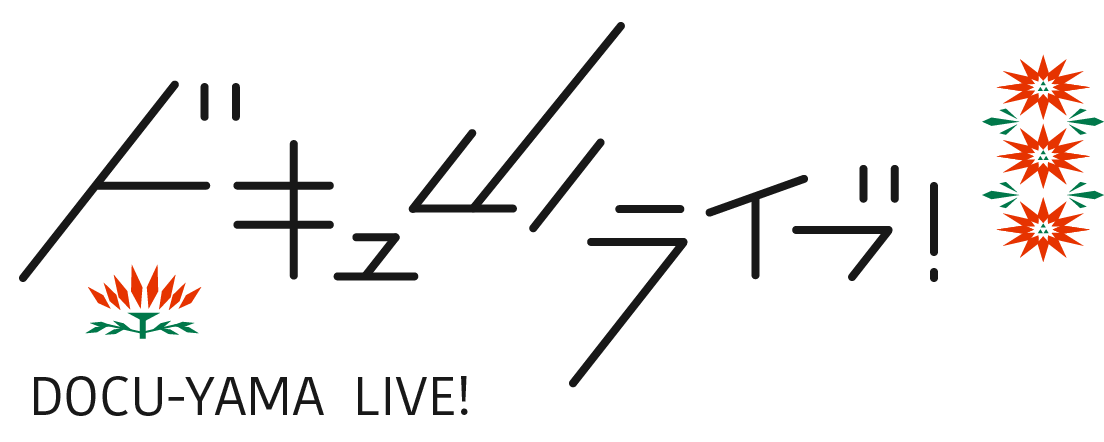
On March 11, 2011, I was 10 years old, living near San Francisco on the Pacific Coast of the United States. I remember YouTube videos of massive waves sweeping away cities, fears of radioactive seafood, and little rubber wristbands that read “Pray for Japan”. In my teenage years, I even had the opportunity to visit Tohoku in person. However, the experience of 3/11 remained vague and distant – until last night.
Screened as part of YIDFF’s “Cinema with Us 2023” series, The Sound of Waves (2011), co-directed by Hamaguchi Ryusuke and Sakai Ko, explores the aftermath of the Great East Japan Earthquake and Tsunami through the oral testimonies of residents along Tohoku’s Sanriku coast. Rather than a distant spectacle of destruction, The Sound of the Waves locates the disaster squarely in the eyes, hearts, and minds of those most directly affected.
The film consists almost entirely of interviews with residents – sometimes alone, sometimes in groups – interspersed with footage of the Tohoku landscape as the filmmakers visit various towns along the coast. Contrasting with the standard news-media approach to disaster documentary, the interviews run long with minimal cuts and no B-roll. They average nearly 20-30 minutes per interviewee, for a total runtime of more than two hours.
In these extended views, one can connect at a deep emotional level with the survivors, leaving space for a nuance and silence that cannot be conveyed in words. This “face-to-face” conversational approach is aided by clever camerawork, which makes the viewer feel as if they are seated between both subjects – looking directly into each of their eyes. This feeling of proximity is heightened in the pair interviews, where survivors speak to a friend or loved one without intercession from the filmmaker. Combined with the extended length, this interview style allows formalities to melt away, revealing a more intimate and natural form of expression.
Issues of proximity, memory, and differing perspectives are also revealed in the survivors’ accounts. For instance, a husband and wife hold opposite opinions about whether to continue living in Ishinomaki post-disaster, based on the simple fact that one saw the wave as it crashed while the other only saw its aftermath. The film is incapable of fully bridging these gaps in experience, but its remarkable act of sustained attention brings us closer to the emotional core of 3/11 and its consequences.
While the feeling of loss is profound, there is an undertone of hope in the survivors’ voices as they look towards the future. As a young woman from Fukushima recalls the events of 3/11, she remarks on a newfound strength and sense of community that emerged in the aftermath of the disaster. Economies can recover and land can be reclaimed with time, but the ultimate factor in the survival of a community is the love and trust that exists between the people. If the strength of a community can be measured by its resilience in a disaster, the people of Tohoku are remarkably strong. Through The Sound of Waves, I am grateful to have finally met them.
Aldo Schwartz
![ドキュ山ライブ! [DOCU-YAMA LIVE!]](http://www.yidff-live.info/wp-content/themes/yidff-live_2017/images/header_sp_logo1.png)

